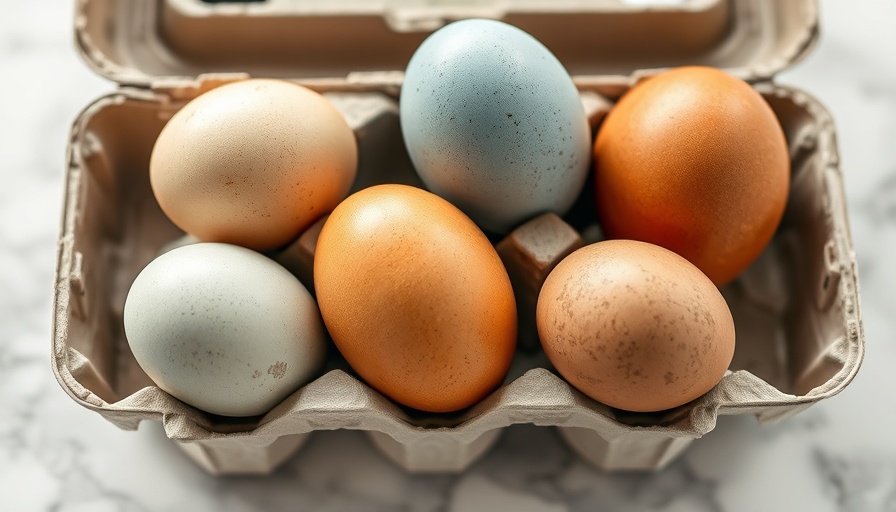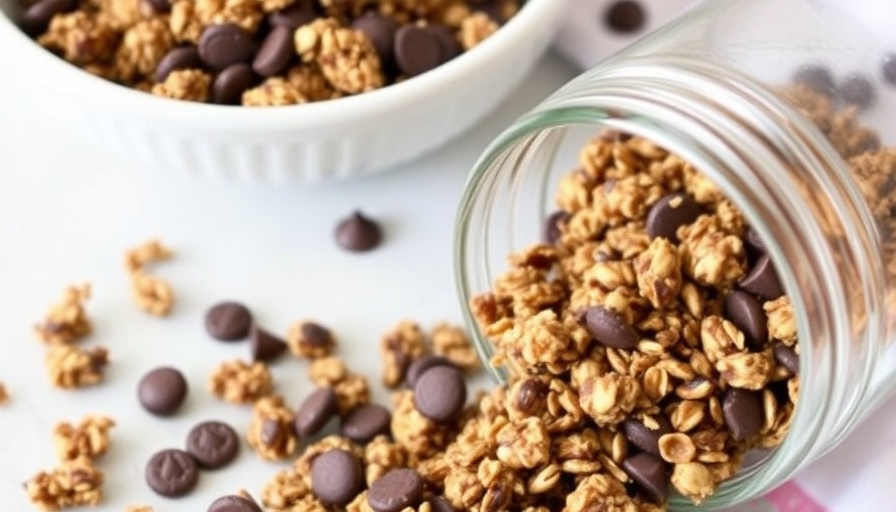
Celebrate Easter with Naturally Dyed Eggs
Easter is more than just another holiday; it’s a chance to create cherished family traditions. One such tradition is dyeing Easter eggs. While the store-bought dyes may look appealing, many parents like to explore natural alternatives that are not only safer for kids but also environmentally friendly. As families become more conscious of their health choices, understanding the benefits of naturally dyed eggs can change the way we celebrate this special occasion.
Why Natural Dyes Matter
Many commercial egg dyes contain synthetic colorants that can be harmful, particularly to sensitive children. The conversation around food safety has been ongoing, with certain red dyes being recently banned by the FDA. Natural dyes offer a solution that avoids these health risks while connecting children with the food ingredients they typically consume. The use of fruits, vegetables, and herbs not only diversifies the egg-dyeing process but also enhances the educational aspect by teaching kids about colors in nature.
How to Create Your Own Natural Egg Dyes
Making your own egg dyes is both fun and easy. Here are a couple of effective methods:
- Using Store-Bought Natural Dye: Mix together 1 tsp of natural food coloring, 2 TBSP of white vinegar, and 2 TBSP of water. Soak your eggs until they reach the desired color.
- Using Common Foods: Join the adventure of extracting colors from everyday foods. For blue, simmer a cup of purple cabbage in the boiling water with your eggs. Purple hues can be achieved with blueberries, while onion skins give a rich brown. For green, you might try spirulina.
A Sustainable Practice for the Future
Integrating the concept of naturally dyed eggs into your Easter celebrations sends a powerful message about sustainability and health consciousness. It encourages families to engage in more thoughtful consumer practices and connects them to local farming and food traditions. Such activities not only provide health benefits but also foster a deeper sense of togetherness and community.
Take Action This Easter
This Easter, as you gather with loved ones, consider making natural dyes an integral part of your celebration. Not only can you enjoy the beauty and creativity of your eggs, but you can also instill healthy habits in the younger generation. For more tips on how to dye Easter eggs naturally and elevate your holiday experience, visit the link above.
 Add Row
Add Row  Add
Add 




Write A Comment